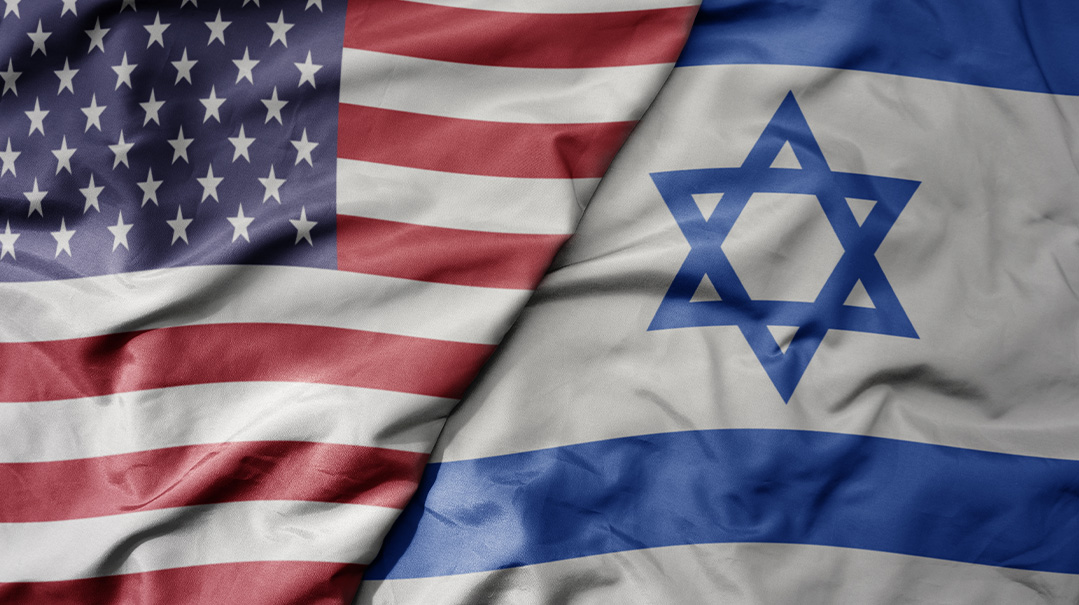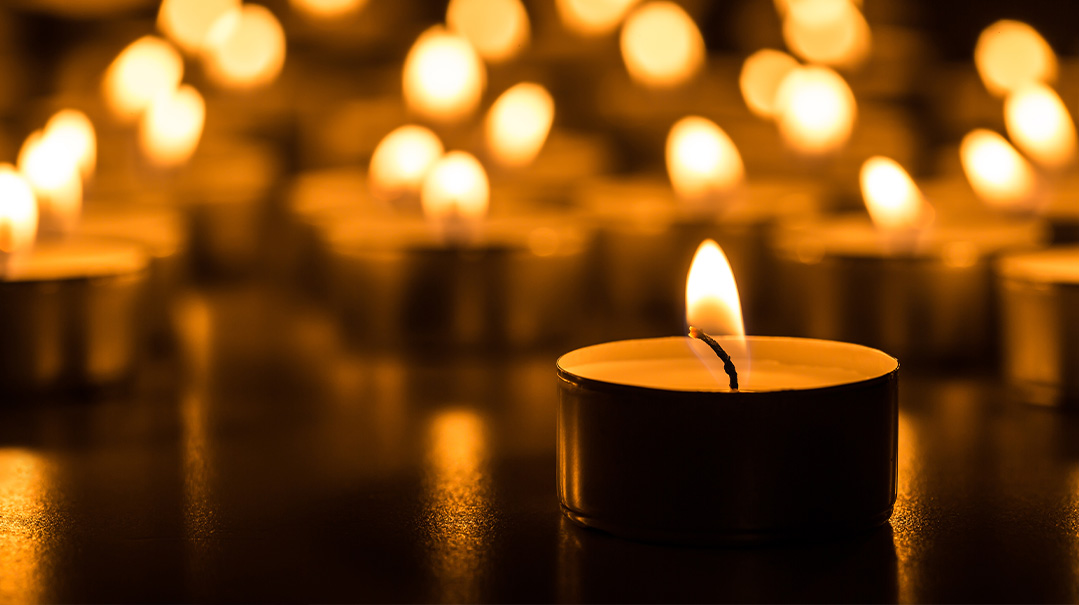We’re All Our Skin Color Now

The price will ultimately be paid by blacks and whites alike, albeit not in the same ways
The May 25 killing of George Floyd, a black man, at the hands of a white policeman in Minneapolis has plunged America into the maelstrom of identity politics to an unprecedented degree. So far the only victor is Black Lives Matter (BLM), which has garnered huge amounts of corporate support. But the price will ultimately be paid by blacks and whites alike, albeit not in the same ways.
BLM’s primary policy prescription — defunding the police — has already been endorsed by Democratic presidential candidate Joe Biden, and ratified by various cities and institutions. It will not make life safer for black Americans. Just the opposite, as Heather Macdonald points out in the July 1 City Journal.
Contempt for the police and physical assaults on cops have resulted in police withdrawing from the streets and a dramatic spike in gun-related crime. The same occurred after BLM’s 2014 anti-police demonstrations, following the slaying of Michael Brown, who was attacking a police officer, in Ferguson, Missouri. The increase of homicides nationwide in 2015 and 2016 compared to 2014 resulted in 2,000 more black homicide victims.
In Minneapolis, ground zero of anger at police for George Floyd’s killing, shootings have doubled this year compared to last year, and half of those shootings have taken place since May 25. New York City has experienced a 42 percent increase in homicides compared to the previous year, and Milwaukee a 132 percent increase. In Chicago, on successive weekends last month, 15 and 18 people were killed, with many more wounded, in drive-by shootings. Almost all those victims were black.
A time when the numbers of those killed or wounded by gunfire are swelling would not seem ideal for defunding of police, or getting rid of them altogether (as proposed by a unanimous Minneapolis City Council). If anything, there is a need for greater expenditures on police training, not a diminution of their presence on the streets.
And that is the position of most black Americans. Black sociologist Professor Michael Javen Fortner notes in “Hearing What Black Voices Really Say About the Police,” (City Journal, July 5), that while blacks as a group are most critical of the police, a majority of blacks in every poll since 1970 express a desire for greater police presence in their neighborhoods, rather than less.
BLM’s “SYSTEMIC RACISM” rhetoric, which neatly divides the world into immutable categories of white oppressors, irremediably tainted with racism, and black victims, offers nothing in terms of addressing the real problems of the black community. As Shelby Steele of the Hoover Institution writes, the greatest problem facing the black community is not victimhood, it is too many black boys growing up without fathers.
At least two-thirds of black children fall into that category. The absence of fathers is the best predictor of trouble ahead whether for blacks or whites. Children without fathers are 20 times more likely to end up in prison, 20 times more likely to drop out of high school, 20 times more likely to have behavioral disorders, and nine times more likely to be institutionalized. And the list goes on.
The single motherhood rate in the black community was 22 percent in the 1960s and approximately 73 percent today. Economist Thomas Sowell of the Hoover Institution has written, “Centuries of slavery, generations of Jim Crow did not destroy the black family. One generation of the welfare state did.” A collateral effect of the Great Society programs was to render fathers extraneous to financial support, and to create incentives for their absence.
THE REVITALIZED IDENTITY POLITICS of the Obama years will poison relations between the races, as it did then. Robin DiAngelo’s White Fragility, the number one book on Amazon’s best-seller list, sets forth the central tenets of contemporary race theory. The book has many critics, among them journalist Matt Taibbi, who describes White Fragility as perhaps “the dumbest book ever written,” and DiAngelo as the first to use “tricked up pseudo-intellectual horse manure… [to sell] Hitlerian race theory.”
The book’s simple message is that there is no such thing as a universal human experience; we are defined not by our individual moral choices, but only by our racial category. Martin Luther King’s dream of a colorblind society is no longer even an aspirational goal; it is a racist tool.
Whites are born white supremacists, according to DiAngelo: “Anti-blackness is foundational to our very identities….Whiteness has always been predicated on blackness.” The best whites can do is “strive to be less white.”
These tenets convey a message of profound hopelessness about the possibility of genuine human connection between people of different races. Perhaps that is why minority students on college campuses are in ever-increasing numbers demanding to live in segregated housing.
One distraught white mother, who had fully imbibed the progressive Kool-Aid, wrote recently to the Slate advice columnist Michelle Herman to find out where she had gone wrong. Her son, who has black, Hispanic, and white friends, had expressed annoyance at being asked on a college-roommate preference form about race by writing, “I don’t care about race.” Herman assigned him a month-long lesson plan of readings from White Fragility.
The message that “race is everything” also sends a bad message to black youth: The deck is stacked against you, and nothing can change that. Six years after Barack Obama’s 2008 election win, with the highest percentage of white support of any Democratic candidate in 40 years, and a 70 percent approval rate on inauguration day, black children were more likely to think of prejudice as a factor in their lives than they had in 2008. For they had heard repeatedly that opposition to any policy of the Obama administration from Obamacare to the Iran deal was attributable to nothing besides thinly veiled racism.
Playing along with notions such as inherent “white privilege” is costless for white elites, and affords ample opportunity for virtue signaling, but it comes at a high cost for whites not born into privilege. Comedian Adam Carolla, a high school dropout, raised by a single mother on welfare, once described to a congressional committee how he had to wait seven years to be invited to take the written exam to be a Los Angeles firefighter, while the black woman next to him in line waited three days.
The ever-expanding definition of racism — long lists of microaggressions — and search for racists under every bed turns every conversation into a fraught encounter. All social relations will become like the family gatherings of my youth, at which we always knew a certain eccentric relative would make an explosive scene at some point, the only question being when and what would trigger it.
The marauding Twitter mobs (primarily woke white kids) prowling social media for victims to shame and denounce, have been loosed. The New York Times recently wrote favorably of high schoolers searching their classmates’ social media accounts for evidence of racism. Enough of people like this “becoming racist lawyers and doctors,” wrote one member of the posse. Another expressed glee at the gathering of “info for us to ruin their lives… I love Twitter.”
Once loosed, no one can know where the furies will stop. Not at a black, liberal social science researcher fired by his firm for retweeting a peer-reviewed study that showed non-violent protests are more politically effective. Or a popular Canadian writer drubbed out of the Canadian Authors Association for espousing the notion that human beings should strive to “imagine other peoples, other cultures, other identities.” All cultural appropriation, you see. Nor at a Boeing executive forced to resign for a 33-year-old article arguing against female participation in combat units — a perfectly reasonable position then and today.
Progressive race theory that reduces all human experience to a function of race is the mirror image of the old Southern anti-miscegenation laws predicated on the view that members of different races have nothing in common and cannot possibly love one another and be allowed to marry.
I will never forget traveling to America once together with a biracial church group from Terry Haute, Indiana, in which the free intermingling and easy camaraderie of those whose religious belief brought them together was palpable.
That recognition of common humanity still remains the ideal for which to strive as individuals and as a nation.
Originally featured in Mishpacha, Issue 819. Yonoson Rosenblum may be contacted directly at rosenblum@mishpacha.com
Oops! We could not locate your form.






